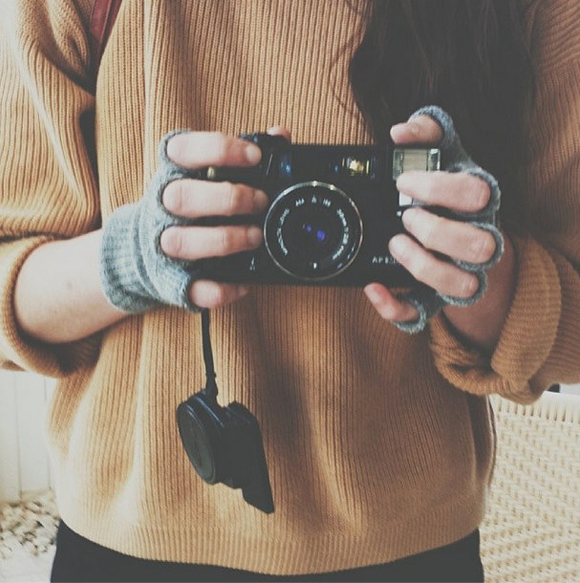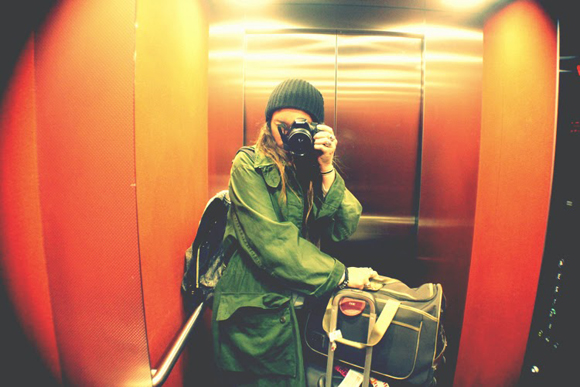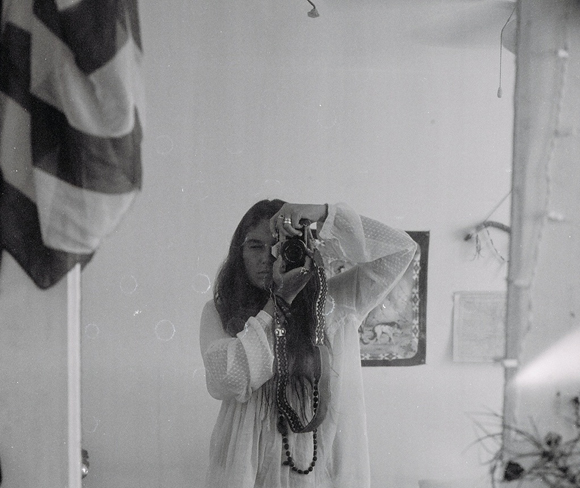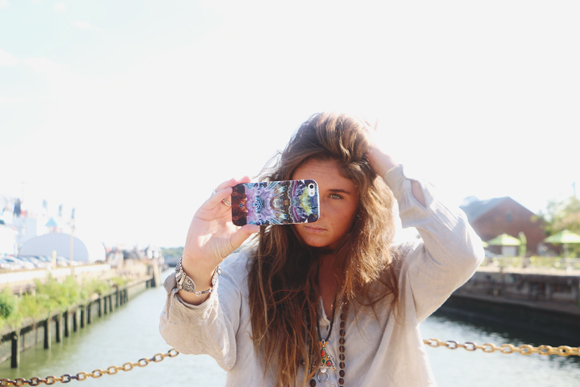The History Of The #Selfie
Search the word “selfie” on the internet and you’ll likely be met with countless articles either extolling the virtues of, or condemning what has been dubbed a social media phenomenon and genre all its own.
Borne from the rise of social media and smart phones, a selfie is usually defined as an image taken of one’s self, usually at arms length with a smartphone, for the purpose of being shared out to various networks (in case you weren’t already familiar with the term…). More often then not, these pics are unplanned, informal affairs. Occasionally taken in mirrors. Sometimes captured, rather unfortunately, in bathrooms. Search the hashtag #selfie on Instagram and the app practically breaks down from the overload. But while they’re typically tied to social media these days, the idea of the selfie has been around much, much longer than the requisite hashtag.
I think it’s safe to say we’re a pretty self-actualized society – social media and the speed of our technology has certainly aided in our awareness of selves. It’s almost overwhelming to think about how well-documented our lives are, from what we had for breakfast to that bad haircut that we’re in the process of growing out. But go farther back and you’ll see that humans have been documenting themselves for millennia, just ask any kid in the ’90s with a disposable camera (or, for that matter, caveman with a charcoal stick). So what, exactly, makes a selfie a #selfie and how does it differentiate from a self-portrait?
These spur of the moment captures are difficult to define. What might be a selfie to one person could be a portrait to another. Typically, selfies tend to be taken fast, sometimes furtively, and usually extremely casually. Taking a selfie is an act of documentation, it’s about where you are and what you’re experiencing right this minute. And while most modern selfies are wrapped up in the context of the internet and social media, they’ve been going on for a long time. Philadelphia photographer Robert Cornelius is credited with taking the first selfie, a spur-of-the-moment image of himself — a little blurry, a little off-kilter — that also bears the title of the first known photograph of a human in American history. Buzz Aldrin took one when he went to the moon (can you blame him?), there are even mirror selfies dating back to the early 1900s.
So if a selfie is really the documentation of a moment, of where you are, a fleeting experience and the wisp of a feeling, perhaps a self portrait could more accurately be considered the documentation of the self. Of who you are in a specific moment of time. Self portraits in an artistic sense tend to take time, they’re usually composed, there’s a process and typically some thought put into the where and when. Self portraits have a deliberateness to them that is lacking in selfies. Cindy Sherman and her theatrical self portraits come to mind. The art student methodically setting up a tripod and shutter release.
However you choose to define them, selfies can be a beautiful thing. Less formal than a self-portrait, they’re a moment forever captured, a where and when that you can look back on and remember. I love looking to them for ideas on where to go, what to wear, what to see and do. Just take our latest catalog for example. Their history may be murky and up for debate, but one thing is clear: the selfie is here to stay.









